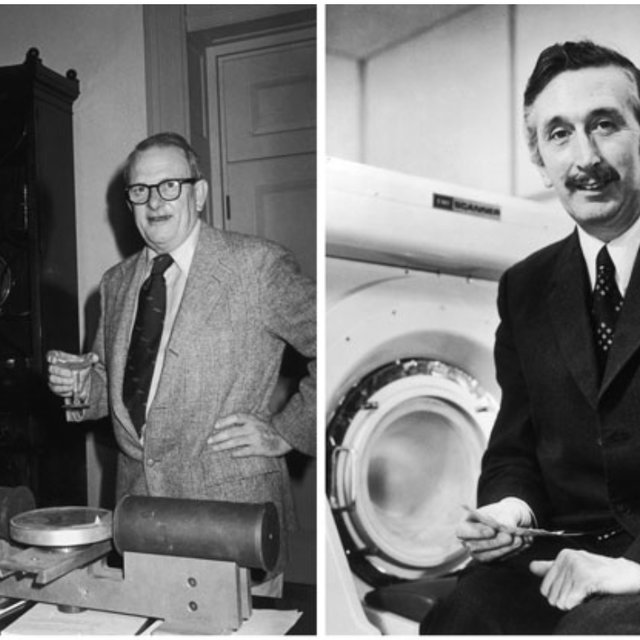Who Invented Computed Tomography?
In Which Diseases Is Computerized Tomography Used?
1) In the diagnosis of bone fractures, disorders or bone tumors.
2) In the determination of injuries and internal bleeding in internal organs.
2) To determine the location of the tumor, infection or blood clot in the body.
So who made this very important invention for our health?

Conrad Röntgen (1845-1923) was the first person to take an X-ray photograph of a person and won the Nobel Prize in Physics in 1901. X-ray films are called Röntgenogram in some languages, or X-ray film for short. Thanks to X-ray, surgeons were able to see fragments of shrapnel and bullets inside a body for the first time. However, since X-rays are usually two-dimensional, the first X-ray would have to be taken with another X-ray in the vertical position to see how deep the object was. X-rays were also not very good at portraying the soft tissue of the body. All these disadvantages paved the way for the development of the computed tomography method.
Sir Godfrey Newbold Hounsfield CBE FRS[1] (28 August 1919 – 12 August 2004) was an English electrical engineer who shared the 1979 Nobel Prize for Physiology or Medicine with Allan MacLeod Cormack for his part in developing the diagnostic technique of X-ray computed tomography (CT).
Many methods have been tried to improve the quality of images taken by X-rays, but this was not possible until the computer-assisted tomography method, known in English as CAT, was invented. Godfrey Hounsfield, who lived between 1919 and 2004, planned the first CAT scan in 1968. In 1971, he installed the first prototype computed tomography scanner at Atkinson Morley Hospital in Wimbledon, England. In computed tomography, the X-ray tube moves, making it possible to capture images from many different angles. When these images are brought together, it can be perceived how deep the imaged object is. Sensitive sensors replace the X-ray film and a computer assembles all the images taken. Because these sensors are a hundred times more sensitive than a film, even the smallest changes in tissue depth can be detected.
Allan MacLeod Cormack (February 23, 1924 – May 7, 1998) was a South African American physicist who won the 1979 Nobel Prize in Physiology or Medicine (along with Godfrey Hounsfield) for his work on X-ray computed tomography (CT)
Computed tomography technology was used for the first time to separate a normal brain tissue from a diseased brain tissue. By 1975, devices capable of taking computerized tomography of the whole body began to be marketed. Rumor has it that Alan Cormack (1924 - 1998) independently began working on a mathematical technique that would allow the captured images to be put together. Cormak and Hounsfield shared the 1979 Nobel Prize in Medicine and Physiology.
